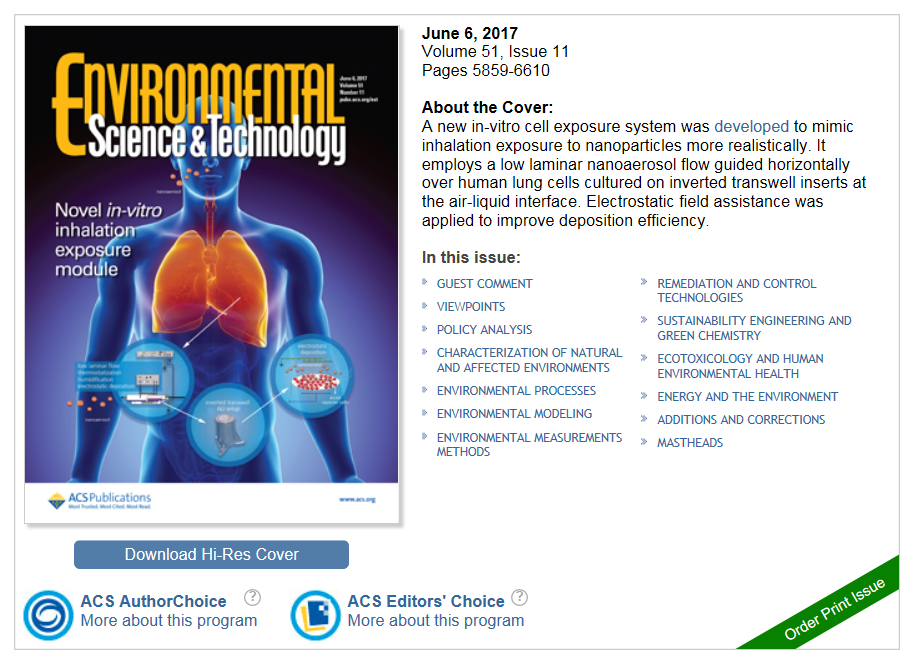In vitro research wins award of PETA International Science Consortium. Newly developed in vitro model NAVETTA published and patent pending.
London - Mol, June 12, 2017 — The PETA International Science Consortium Ltd. announces today to award cutting-edge equipment (VITROCELL system) to VITO for its research on animal-free inhalation exposure testing methods. In this research area, together with the Paris Lodron University of Salzburg (PLUS), VITO has developed a new in vitro system for inhalation toxicity tests, called NAVETTA. The principle of this system is published this month in the renown scientific journal Environmental Science and Technology. A mutual patent application is pending. Both in vitro systems enable new research on the influence of inhaled substances on human lungs, nanomaterials as well as (e-)cigarette smoke as well as medication, ...
Animal-free testing of nanomaterials and medication
Traditional inhalation tests involve forcing animals into narrow tubes to inhale various substances, often resulting in their death. The VITROCELL exposure system can be used to analyse human lung cell toxicity after exposure to pesticides, nanomaterials, (e-)cigarette smoke, and other airborne materials, such as medication (e.g. asthma inhaler). This system can better predict human health effects than tests on animals do. The donated equipment has a value of approx. 180 kEUR.
The VITO scientists are very proud of and happy with the award. "We can meet testing requirements without using animals at all, thanks to this equipment," says Sandra Verstraelen. “The 3 R (Robust cell models, Relevant doses, and Realistic air-liquid interface exposure) inhalation method meet the 3 R of animal welfare principles (Replacement, Reduction, and Refinement).”
New in vitro cell exposure system published in Environmental Science and Technology
In the FP 7 NanoValid project, experts of VITO and the Paris Lodron University of Salzburg (PLUS) have developed a new in vitro cell exposure system to test the influence of nanomaterials on human lung cells, called NAVETTA. It contains a new Air Liquid Interface (ALI), allowing the research of the direct deposition of nanoparticles from the gaseous faze on human lung cells. Its description has been published in the June edition of the renown scientific journal Environmental Science and Technology of the American Chemical Society. An ALI module is the only efficient alternative testing method for inhalation toxicology, the only way to reduce the animal testing. In November 2016, the patent application has been filed.
Moreover, VITO had the honour and pleasure to create the cover-art of the June edition of ES&T: see pubs.acs.org/toc/esthag/current.
More info
A Novel Exposure System Termed NAVETTA for In Vitro Laminar Flow Electrodeposition of Nanoaerosol and Evaluation of Immune Effects in Human Lung Reporter Cells: pubs.acs.org/doi/full/10.1021/acs.est.7b00493


